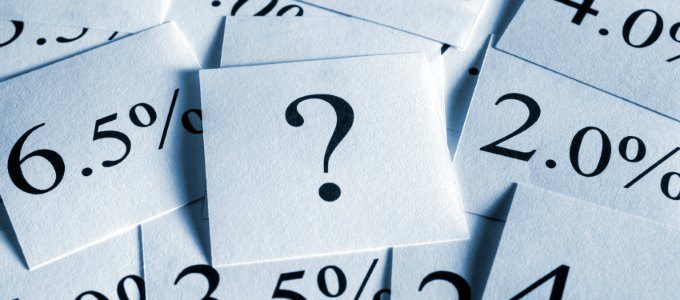University Avenue runs through Palo Alto, California, with Stanford University at one end, the original Facebook headquarters part way down the block, and Steve Jobs’ former home a short walk away. It’s an active place, even on a Sunday morning for my meeting with Jenny Dearborn.
The topic? Her new book, “Data Driven: How Performance Analytics Delivers Extraordinary Sales Results,” which discusses how to use performance data to successfully boost sales.
Dearborn knows a lot about sales organizations and performance analytics. She is senior vice president and chief learning officer at software company SAP. Prior to her current role, she held senior positions at SuccessFactors, Hewlett-Packard and Sun Microsystems. She also overcame severe learning disabilities, and learned to use art and superheroes to propel herself toward success. More on that later.
Many business leaders see the need to learn about the power of data and analytics. Dearborn uses a fictional story to demonstrate step-by-step how to implement a big data initiative. The reader is carried along through a realistic situation, the business need and the attempts at a solution. Most importantly, we see the thinking process.
The fictitious company in the story faces stagnant sales, and each function faults the others. To cut through the blame game, the main leader in the book forms a team to find out what is really going on and they identifydozens of factors that contribute to sales. The most important of these are key performance indicators, and they have to find where the data live for these KPIs. They capture this descriptive analytics data to inform the fictional team about what is happening in sales.
Next, the team looks for differences in the KPIs for high performers vs. low performers. These diagnostic analytics explain why high and low sales are happening by looking at correlations — i.e., those who hit X level on KPIs typically hit X percentage of their sales goal.
As these KPIs are monitored, forecasting sales becomes much more accurate. In Dearborn’s story, the team still needs to improve sales, so they’ll need predictive analytics. They break down all this rich data by individual salesperson to see who is hitting their KPIs and is likely to meet quota. The team then works with the individuals who fall short to help them better understand their data compared to the successful KPI sales model, and create individual action plans.
This is prescriptive analytics. The prescription may be more joint calls, a focus on new business, a different product mix, closer supervision or acquiring new skills. But step by step, Dearborn’s book illustrates how readers can think about business issues and address performance problems using data. Her deep experience with sales enablement makes the story realistic and compelling.
Dearborn’s personal story is compelling as well. She grew up with undiagnosed dyslexia and attention deficit hyperactivity disorder. She found solace in sports, comic books and superheroes. Others might have given up on formal education, but Dearborn went on to a local community college, where she was finally diagnosed. With an explanation for her school difficulties and some solutions in hand, she earned her way into University of California at Berkeley. Then it was onto Stanford University and later, an MBA from San Jose State University.
There are two noteworthy points about the book. First, the leader in the story is a strong, smart woman, and it’s great to see. Second, Dearborn is completely open about her early learning disabilities. As the father of a son with autism, I support her candor and encourage it in others as this helps to reduce the stigma around people with disabilities.
Dearborn’s love of superheroes continues. Her house is filled with 5-by-7 acrylics that she paints. To her, these massive comic book figures represent justice, self-sacrifice, integrity, strength and helping the underdog. When she describes her early days in sports with her brothers, or her work in learning, sales and big data you may hear her slogan: “Go big or go home!” It’s good advice for us all to play at the highest level and contribute as much as we can.















